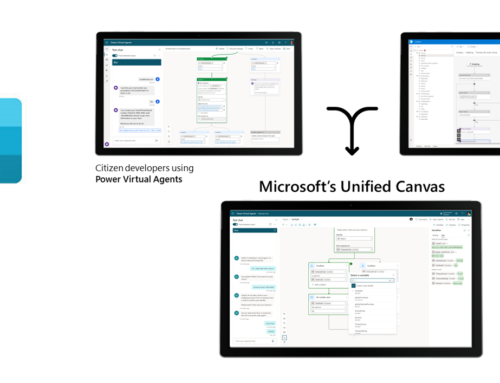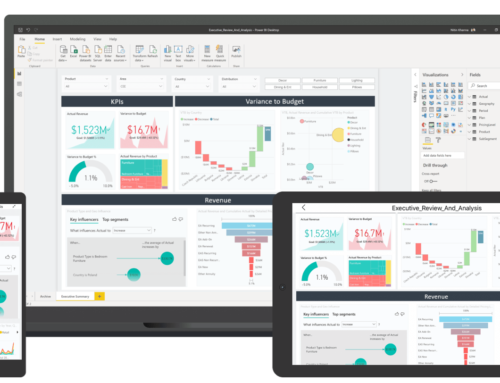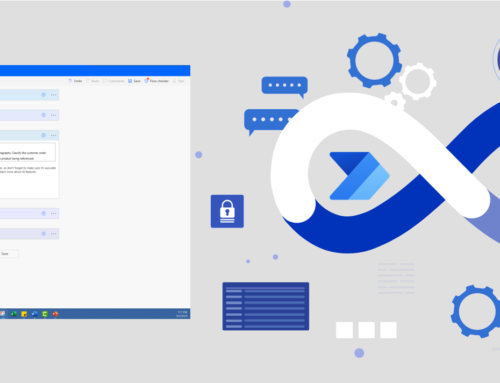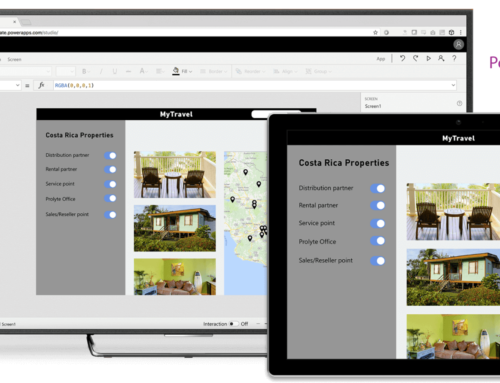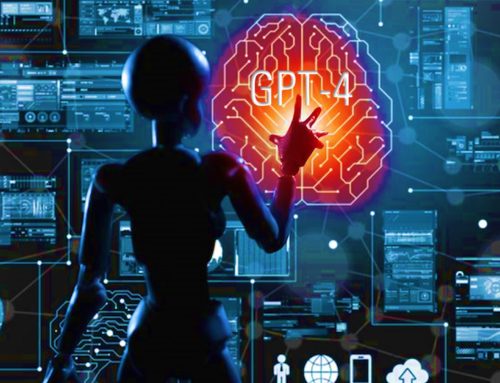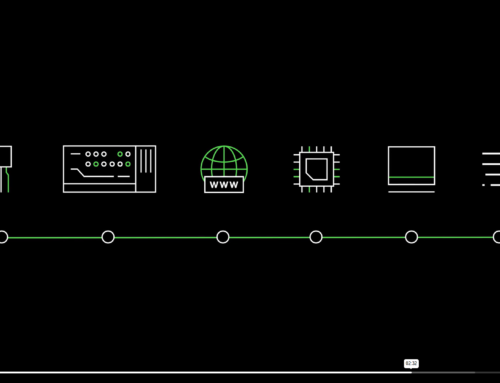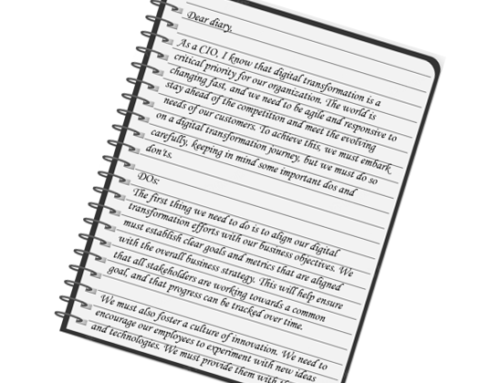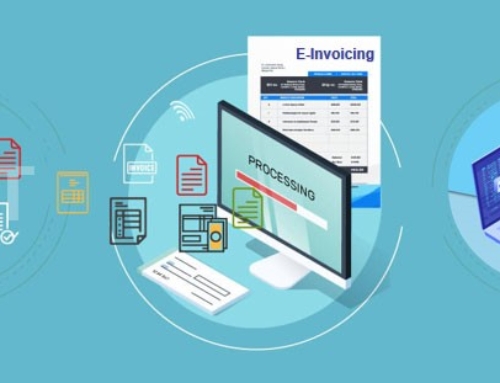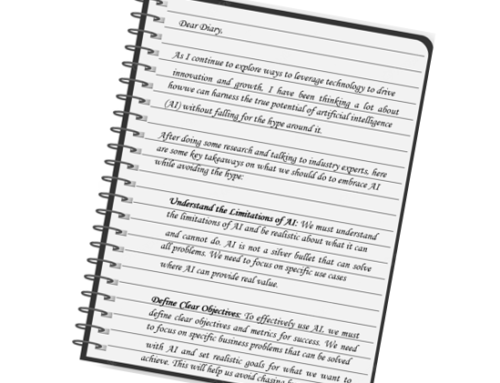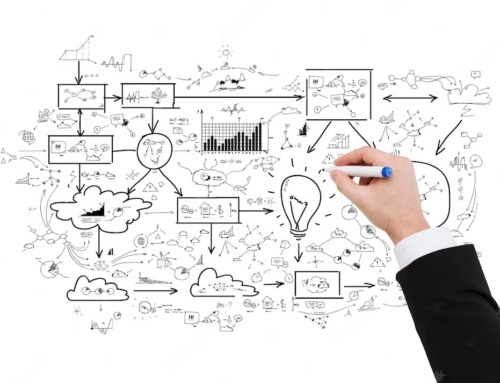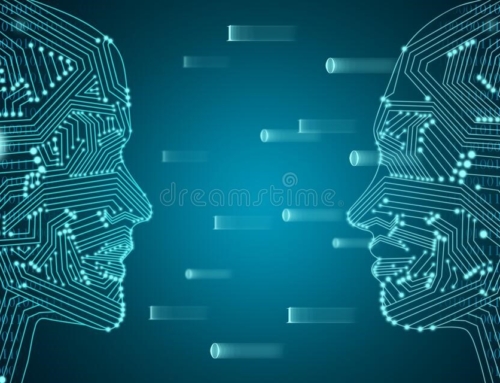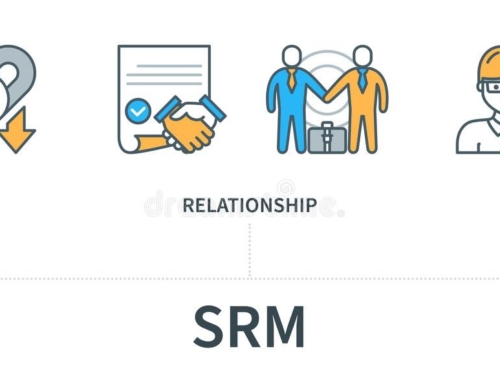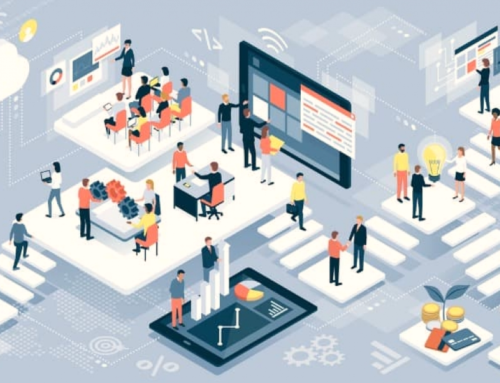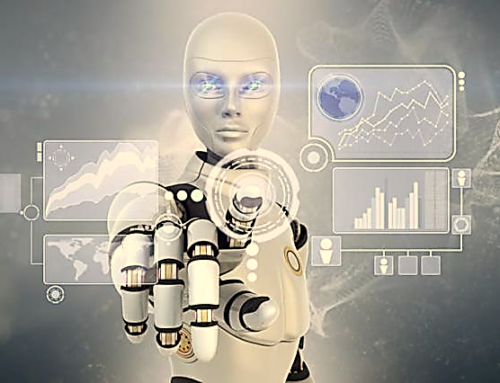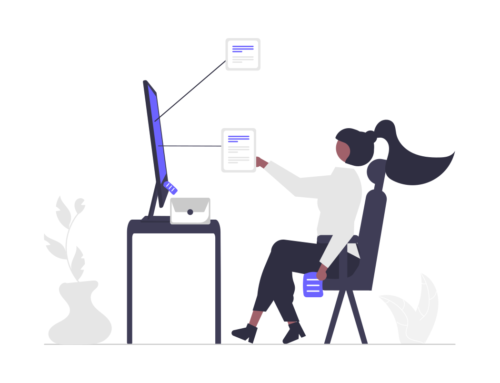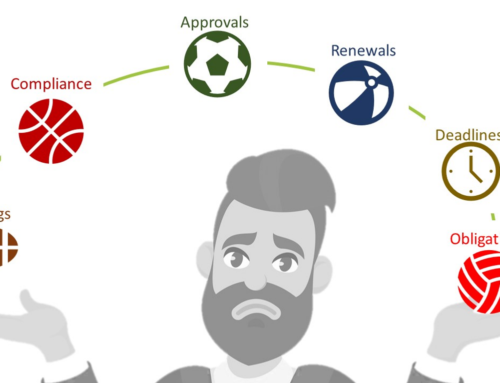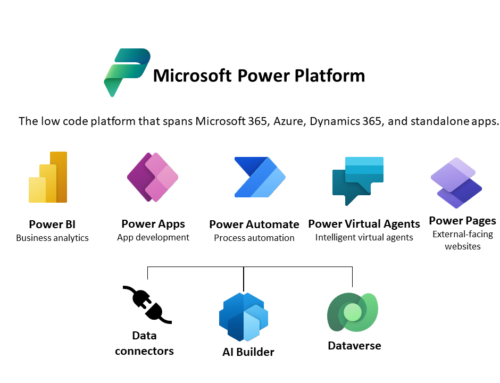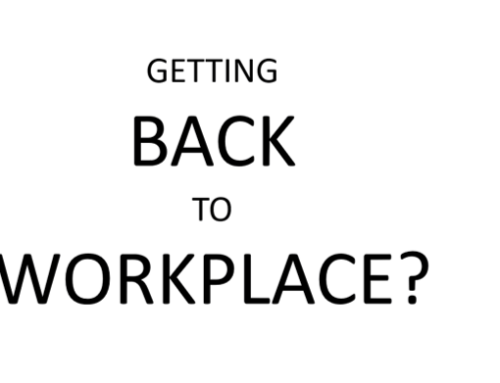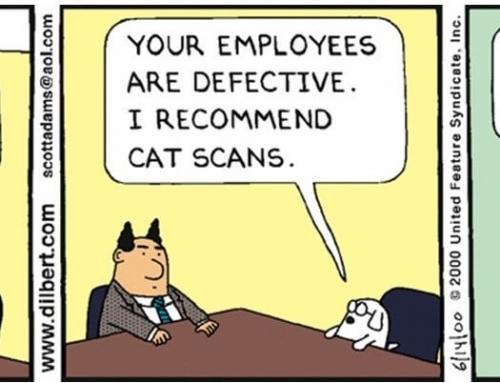How to Create & Implement An Effective Digital Workplace
In the first part of this Digital Workplace series, we had looked at why email continues to thrive in organizations despite their having invested in collaboration tools with the latest bells & whistles. In the second part we emphasised the need for CIOs to look beyond “evangelist jargon” to reclaim the essence of Digital Workplace – which is to help an employee perform all her work simply and seamlessly, anytime and from anywhere.
In this piece, we delve into the “how to” question. What should you do to get your Digital Workplace right?
Don’t Add. Instead, Reduce & Replace
If one more collaboration tool, no matter how sexy, is your answer to everything Digital Workplace, you are doing it wrong.
If your Digital Workplace plan means one more platform or tool or application for employees to access, you are doing it wrong. If one more collaboration tool, no matter how sexy, is your answer to everything Digital Workplace, you are doing it wrong. If your Digital Workplace does not reduce your employees’ dependence on emails, or their need to switch to another app to view status of their pending requests, or their having to access a disconnected repository for a specific document, it is not a Digital Workplace.
Remember, the idea is to bring it all together for the employee in a single (preferably), seamless, mobile-first experience. Therefore, reducing the number of “app islands” to be used by the employee is a natural corollary of a successful Digital Workplace initiative. Consider replacing click-throughs between multiple employee facing applications within a singular unified experience.
Employee Centric
Such scenarios constitute an employee’s workplace – physical or digital.
Consider the following what-ifs:
- What if all the tasks needed to be performed by an employee were aggregated from across all her relevant projects, teams, meetings and other work contexts and made available to her whenever she needs it, regardless of the underlying systems & applications?
- What if she was able to update the status of these tasks or perform required actions (e.g. reviews, approvals) right there, without needing to “click through” to those source systems?
- What if she had access to all contents – documents, data, templates, images, videos – relevant to her context right within this unified workplace?
- What if she could converse with her colleagues, ask and respond to their queries, again from within this workplace?
- What if all important updates from across her work contexts could be communicated to her within this workplace?
The example scenarios are simple, everyday needs of employees, probably accounting for most of their time at work. Such scenarios constitute their workplace – physical or digital.
Go Beyond Social
Digital Workplace is much more than enabling Social Experience.
The advent of Social Media has led to immense progress in Usability practices. Notifications, Likes, Comments, Mentions, Tags, Shares & Feeds are now well ingrained digital etiquettes. It is a no brainer to extend these into enterprise applications to improve end-user experience and adoption.
However, Digital Workplace is much more than enabling Social experience. Social is necessary but not a sufficient condition. This is where a whole lot of ready-to-use Collaboration Tools fail to make the cut. With due respects, Workplace by Facebook is a classic example. Notwithstanding the tagline “change the way you work”, its principle appeal to CIOs the familiar social experience that makes it easier for employees. However, try enabling any of the example scenarios described above into Workplace by Facebook and the challenges start to look too steep to overcome.
The purpose of this article is, by no means, to single out any collaboration tool or to criticize their entire lot. To be fair, most of them understand these challenges and are slowly but surely trying to bridge the gap.
Integrate, Integrate, Integrate
A successful Digital Workplace would need to be less disruptive, more enabling.
“Change the way you work” is probably too rhetorical, if not too ambitious an objective. A successful Digital Workplace would need to be less disruptive, more enabling. The fact remains that most of the example scenarios described above are already being performed by employees with the help of existing systems.
The core issue is of Seamlessness, especially in today’s mobile-first context and the solution lies in Integration. The first good news is that most of the systems in use within organizations, being SoA based, easily lend themselves to such integration. The second good news is that envisioning and implementing a Modern, Unified, Mobile, Social, Enabling experience for employees in no rocket science.
Keep it Simple, yet Intelligent
“Simplicity is the ultimate sophistication” ~ Leonardo da Vinci
To put it more accurately, Digital Workplace needs to keep it simple for the employee even while addressing the technical complexities in the background. The approach suggested above, i.e. shifting employee touch points from a multiplicity of applications into one seamless, unified experience is only the starting point towards building an effective Digital workplace. A much greater business value would be realized if it can be made intelligent.
So how do we create an intelligent Digital Workplace? This can be a chapter in itself but for a rather simplistic insight, we can visualize an intelligent Digital Workplace in the following sequential stages:
- Stage 1 : Intelligent at Birth
- Stage 2 : Trainable
- Stage 3 : Self-Learning
To make your Digital Workplace Intelligent at Birth would involve a real, ears-to-ground understanding of your employees’ use cases. To illustrate, while digging into the ways of working at a leading EPC company, we discovered rampant use of WhatsApp within project teams for a variety of purposes – updates, approval requests, queries, etc. A Digital Workplace for such a project centric organization would necessarily need to involve a secure, traceable and yet easy (as easy as WhatsApp, if not more) mechanism for project teams to perform these use cases.
Much like a child, an Intelligent-at-Birth Digital Workplace will need to gain smarts as employees begin to use it. A Trainable Digital Workplace design needs to be highly configurable. Accurate understanding an employee’s context is the key to an intelligent Digital Workplace. At the very least, a trainable Digital Workplace needs to have mechanisms for constantly improvising this understanding of context of an employee.
Accurate understanding an employee’s context is the key to an intelligent Digital Workplace.
Now that we have an Intelligent-at-Birth Digital Workplace which has been Trained through its childhood, we will need to figure out how it becomes Self Learning. This is easier said than done but a variety of approaches are emerging to leverage Machine Learning techniques in a non-intrusive manner to better understand the user’s needs & context and to provide intelligent & even pre-emptive outcomes. While this is still work in progress, most organizations need to get the first two stages right before worrying about self-learning Digital Workplaces. The only precaution you need to take at this stage is to ensure your Digital Workplace would be able to leverage these capabilities as and when readiness is achieved from your organization’s viewpoint, and maturity is reached from technology viewpoint.
While concluding this three-article series, let me restate the salient points:
- Your Digital Workplace (and even Collaboration) initiative needs to be driven by real, measurable business objectives, e.g. Employee Effectiveness, Productivity, Engagement, etc.
- A successful Collaboration initiative would make emails redundant, at least for collaboration purposes. If this outcome is not achieved, the initiative is as good as failed.
- Digital Collaboration is a completely different paradigm as compared to Intranet. It would subsume an Intranet as much as it would subsume a host of other employee applications. Instead of “clicking through” from one “island” to another, Digital Workplace needs to bring about a Simple & Seamless experience for employees, helping them perform their work anytime and from anywhere.
- Seamlessness is the core issue, and Integration is the key to an effective Digital Workplace. An enabling, non-disruptive approach would have greater chances of success and would deliver better results.
- An effective Digital Workplace needs to incorporate your employee’s everyday use cases. Depending on the nature of your organization, you would need to identify the most critical use cases and ensure these are fully supported by the solution you opt for.
- Digital Workplace needs to be simple for end-users and yet needs to accommodate the complexities relating to employees’ work scenarios and challenges relating to technology.
- An intelligent Digital Workplace needs to be Intelligent by Birth, Trainable and (eventually) capable of self learning.
Update: Here are the other articles in this series:
(Disclaimer: This article draws heavily from the work our team at Prosares does.)





